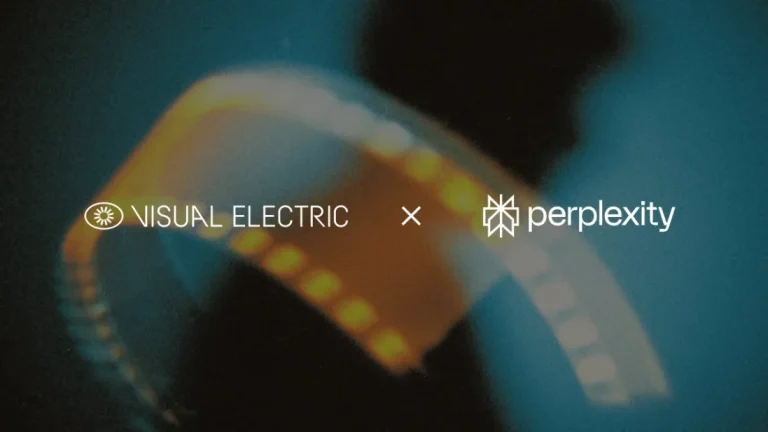
Honda, the well-known car manufacturer, is stepping into space—literally—by teaming up with space tech startup Astrobotic to tackle one of the Moon’s biggest challenges: surviving the freezing, pitch-black lunar nights. Together, they’re exploring how to keep a steady power supply running on the Moon using Honda’s regenerative fuel cell (RFC) system.
The goal of the partnership is to see if Honda’s RFC can be successfully integrated with Astrobotic’s LunaGrid, a solar-powered energy system designed to provide electricity on the Moon. To do this, the two companies will conduct “illumination studies” at potential landing spots near the Moon’s south pole and analyze how the systems could scale and work together—both in terms of hardware and software.
The Moon’s night lasts about two Earth weeks, during which solar panels don’t get any sunlight and temperatures can drop to a bone-chilling -424°F. Honda’s RFC system offers a clever solution: it collects solar power during the day and uses it to split water into hydrogen and oxygen. Then, during the long lunar night, it converts that stored hydrogen back into electricity—while producing water as a byproduct. That water isn’t wasted either; it’s recycled back into the system to produce more hydrogen, creating what Honda calls a closed-loop energy cycle.
Astrobotic brings its Vertical Solar Array Technology (VSAT) to the table—solar panels that track the sun and can produce up to 10 kilowatts of power, with a larger version in development that will generate five times more. During lunar days, the VSAT system would charge the fuel cells, and those cells would then power operations through the night.
For Astrobotic, this fits into its broader mission to help build a lunar economy, following efforts like its Peregrine lunar lander. For Honda, it’s a significant first step into space applications for its fuel cell technology, which it’s been developing for years on Earth.
This project also supports Japan’s expanding role in space exploration as part of the Artemis Accords—an international effort focused on lunar exploration. With the Moon’s south pole being a key target for future missions due to its near-constant sunlight and potential ice reserves, building reliable power systems like this could make permanent lunar presence a reality in the not-so-distant future.






